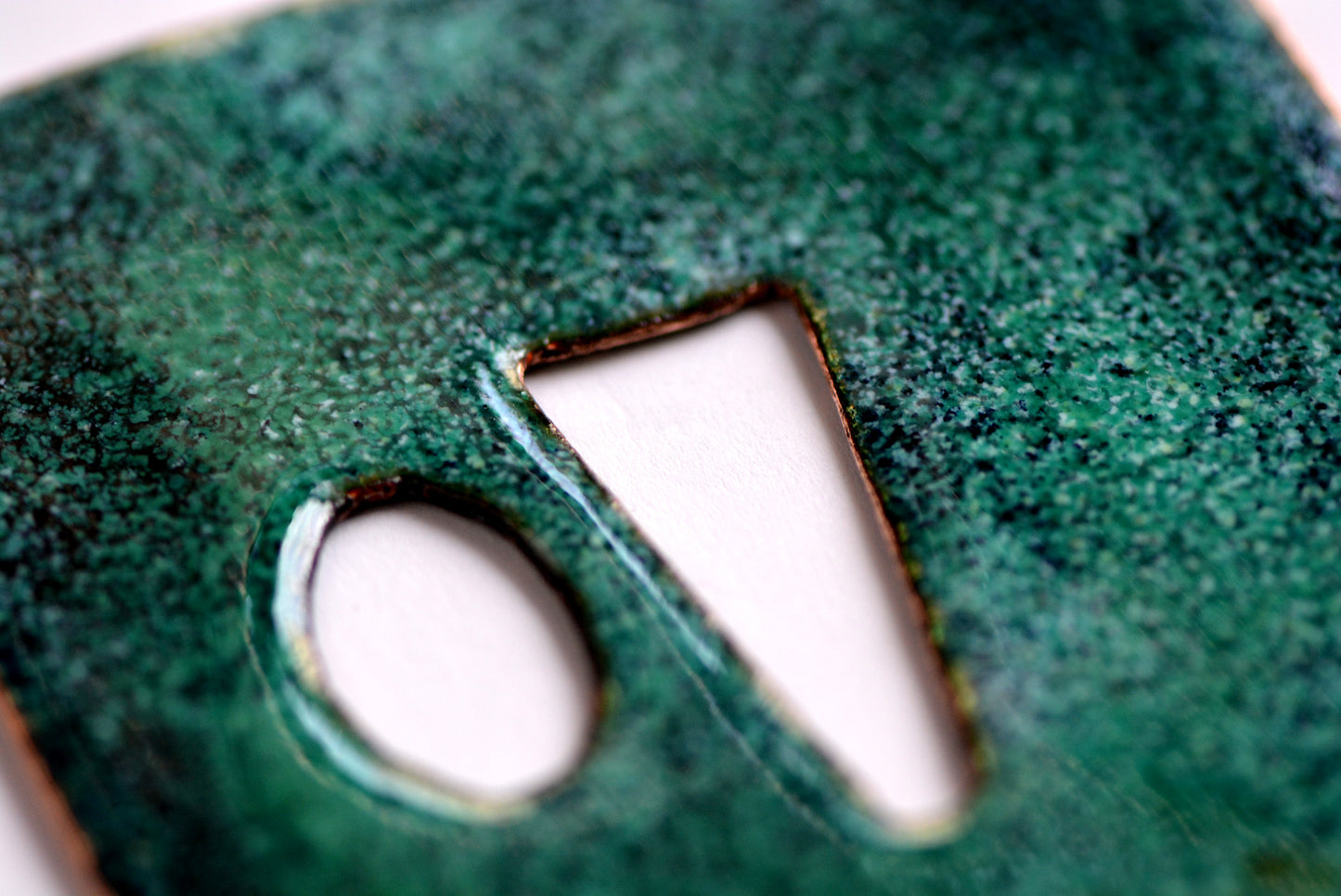Janus Lab Italy
Pop Tsuba
Pop Tsuba
Funzione incontra Simbolismo
Tradizionalmente parte integrante della spada del samurai, la tsuba — la guardia dell’elsa — era molto più di un semplice elemento protettivo: rappresentava una vera e propria tela per l’espressione artistica e l’identità personale.
Realizzata spesso in ferro o in metalli preziosi e decorata con grande raffinatezza, la tsuba rifletteva lo spirito, il gusto e il rango sociale del guerriero.
Questa fibbia reinterpreta la tsuba come un oggetto contemporaneo di arte da indossare, fondendo utilità ed eleganza. Omaggio all’artigianalità e al patrimonio culturale, trasforma un semplice sistema di chiusura in un’affermazione di forma, funzione e simbolismo raffinato.












Enamel - Le Grand Feu
“Smalti a Fuoco_ Un’arte di Sottecchio”
The art of fire enameling is an ancient and highly complex craft.
Rooted in precise gestures and knowledge acquired over time, it has, through the centuries, transformed simple metals—such as copper or silver—into objects of great value and artistic significance.
Today, it is largely confined to a few specialized creations and is often mistaken for industrially produced items or those made with polymer-based enamels. As a result, it remains mostly associated with traditionally styled aesthetic prototypes.
Only in rare cases has it broken free from classical aesthetics, giving rise to modern works crafted using ancient techniques—thanks to great, though now nearly forgotten, artisans.
These are the foundations of our own deeply personal journey: not only a rediscovery of enamel’s potential, but also a search for a new, contemporary language—one that reimagines how fire enameling can still express beauty and sophistication today.
The Origin of ...
I have been fascinated by Japanese art for as long as I can remember. Perhaps it began when, as a child, I first opened the pages of a manga. But what started as curiosity soon grew into something broader—an embrace of culture, architecture, traditions, techniques, and crafts. After my first visit to Japan, my interest reached a new depth, as though it could no longer remain a simple fascination.
From there began my journey as a collector of woodblock prints. Each print became a spark, deepening both my thoughts and my understanding of the culture. For many years, I wondered how I might transform this passion into something truly my own. I feel I am still at the prologue, the opening act. Yet, a few moments of cultural cross-pollination led me to engraving Japanese woodblocks and applying *grand feu* enamel to design objects—a touch of modernity woven into a traditional form, born of a culture not my own, yet kindled by a craft I am only beginning to explore.
In this series of objects, I turned my gaze toward the “tsuba.” Once conceived as a purely functional guard to protect a samurai’s hand from the blade’s edge, the *tsuba* became more than utility. In the hands of humble yet devoted artisans, Japanese culture reimagined it, enriching it with beauty. At a time when the samurai stood as a class apart, beauty did not vanish in the shadow of violence; even the most functional objects bore grace. Swords themselves were dressed in finery, their fittings transformed into canvases where artistry lived alongside the cruel necessities of battle.
I have taken this functional object and reinterpreted it once more—transforming the *tsuba* into a buckle for a dress. Today, when the battlefield has shifted to the streets of fashion, the piece carries its roots in the noble art of the samurai, while unfolding a new story of crafted beauty.
In this body of work, I found myself returning to the *tsuba*. At its origin, no more than a shield for the warrior’s hand against the blade’s bite. Yet in the quiet forge of anonymous blacksmiths, it became something else: a meeting of strength and beauty, function transfigured into ornament. When the samurai walked as both sword and symbol, even the instruments of violence carried grace. Thus the sword, instrument of death, bore decoration that whispered of life—petals of artistry blooming at the edge of vengeance.
I, too, have taken this humble guardian of the warrior and asked it to live again—not at the hilt of a sword, but as a buckle at the waist. In our own time, where the battles are fought in the shifting theatre of fashion, the *tsuba* is reborn: its lineage rooted in the dignity of the samurai, yet unfurling as an emblem of contemporary craft. An object once forged to stand between flesh and steel now rests against fabric and form, carrying forward the paradox of beauty in utility, and utility in beauty.












